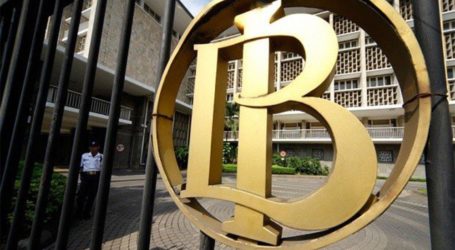BPS : UNEMPLOYMENT IN INDONESIA ON THE RISE

Jakarta, 25 Muharram 1437/7 November 2015 (MINA) – The weakening of national economy entailed rising unemployment rate, with many companies reducing the number of their workers.
Unemployment in Indonesia increased to 6.18 percent of the labour force in August 2015, or 7.56 million people in absolute terms, from 5.81 percent in February (or 7.45 million unemployed people) as the economic slowdown led to layoffs and slower absorption of the workforce.
In the second quarter of 2015 Indonesia’s economy grew at the slowest pace in six years at 4.67 percent (y/y) and only managed to improve slightly (4.73 percent y/y) in the third quarter, Mi’raj Islamic News Agency reported, quoting Indonesia-Investments.com
Around two million Indonesians enter the labor force each year and therefore job generation is one of the key tasks of the government. Boosting economic growth is one of the main strategies as it is estimated that each 1 percent gross domestic product (GDP) growth generates roughly 250,000 new jobs in Indonesia.
It is also interesting to note that the quality of Indonesian workers improved as there were fewer low educated workers. Between August 2014 and August 2015, the number of low-educated workers (those who only have a primary school or junior secondary school degree) decreased from 74.3 million to 71.5 million people (possibly victims of recent layoffs). Meanwhile, the number of high-educated workers in the Indonesia workforce rose from 11.2 million to 12.6 million people over the same
period.
According to the latest data from the Central Agency of Statistics (BPS), which releases the country’s unemployment statistics twice per year covering the months of February and August, the only sector that had absorbed more workers in August than in February was the construction sector.
In August 2015, a total of 8.21 million Indonesian workers were active in the construction sector, up from 7.72 million in February 2015 or 7.27 million in August 2014. On a year-on-year basis, an increase in employment also occurred in the trade and financial sectors.
The unemployment rate is highest for Indonesians between the age of 15 and 24 years (far above the country’s national average) as freshly graduated students from Indonesian universities, vocational schools and secondary schools encounter difficulty finding their place in the national workforce.
This also means that Indonesia is not optimally enjoying its demographic bonus (about half of the population is below the age of 30 years, and 43 percent of the population is below the age of 25). Moreover, high youth unemployment in Southeast Asia’s largest economy can lead to social turmoil in the future if left undealt with.
Last month, the Confederation of All Indonesian Workers’ Union (KSPSI) said that 67,000 Indonesians (mostly low educated) had already lost their job in 2015 (mostly in the textile industry) and this figure could rise to 100,000 by the year-end. Similarly, the Indonesian Employers Association (Apindo) expressed its concern about rising unemployment in Indonesia. (T/R07/R01)
Mi’raj Islamic News Agency (MINA)





